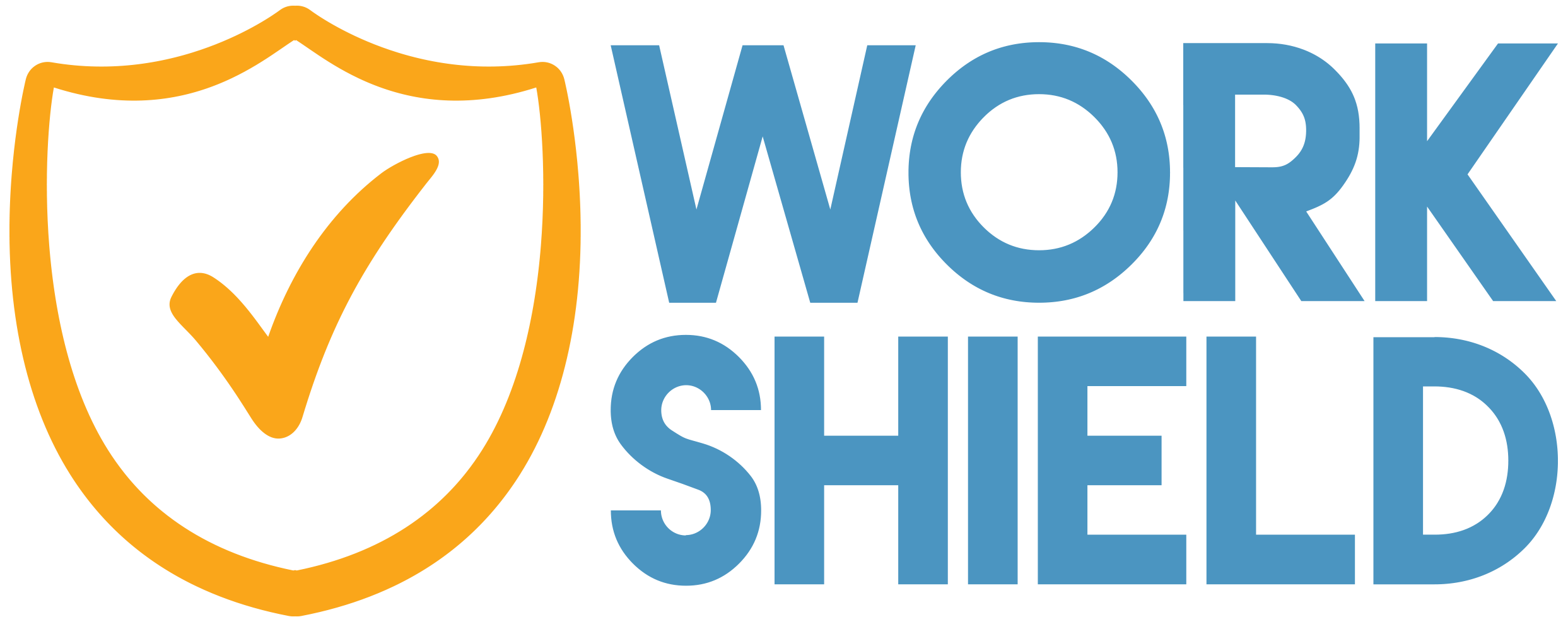Managing and mitigating the risks of employee misconduct requires a strategic approach and process. Unresolved employee misconduct can harm nearly every aspect of an organization, from employees to the bottom line, making it critical to handle it appropriately. Traditionally, when workplace misconduct, such as harassment and discrimination, is identified, organizations are forced to roll out costly initiatives, such as organization-wide training, education programs, policies and more, without real insight into what issues are occurring and how to address them.
A study conducted by SHRM found that 71% of HR executives reported that people analytics are essential to their organization’s HR strategy. However, with the increasing availability of people analytics, organizations can now take a more strategic and data-driven approach to managing employee misconduct.
Why Data Matters in Addressing Employee Misconduct
Through a data-driven approach, organizations can have a clear understanding of the misconduct within their organization and, therefore, make informed decisions about how to respond effectively. In addition, data allows organizations to be selective in the resources they leverage, identifying what will drive the greatest return for the organization.
For example, if a national restaurant franchise with multiple locations across the country is experiencing misconduct, it could be costly to roll out training and education programs to every location. With a data-driven approach through a comprehensive misconduct management solution, multi-location organizations can zero in on which locations are experiencing more misconduct issues, focusing education and training resources on that specific location. In addition, organizations can identify if certain types of misconduct are more prevalent than others, customizing the training offered to that particular issue for a more effective approach. Leveraging data not only mitigates organizational risk, but can cut costly resources needed to reduce misconduct incidents.
Key Data Points to Identify a Misconduct Issue
When evaluating misconduct incidents, there are key data points that organizations should consider. The type of misconduct is critical to understanding whether one or more types of misconduct are occurring more frequently. This data can allow organizations to evaluate appropriate internal structures and determine if anything is creating a specific type of misconduct to occur.
Trends in location or department data analytics can also give organizations deeper insights into misconduct issues. Are there specific physical locations or organizational departments that have more incidents than others? This data can help organizations consider management evaluations to understand the increased frequencies in these areas.
In addition to key data points, it’s also important for organizations to be able to see any trends in misconduct incidents. Whether it is seasonality or other trends that are driving increases in misconduct incidents, accessing this type of information in real-time can allow organizations and their leadership to make strategic decisions while also mitigating potentially costly risks.
Tips for Implementing a Data-Driven Strategy
While manually tracking misconduct data can be time-consuming, the process can often delay insights. To implement a data-driven strategy, organizations should leverage misconduct management solutions that provide key reporting capabilities, capturing relevant insights with the ability to deliver reports on misconduct immediately.
In addition to having the tools to capture this information, it’s critical that organizations implement ongoing review and data analysis of these reports, identifying potential issues early and responding appropriately in a timely manner. Similarly, once an organization has responded, whether it is implementing new training or restructuring departments, it’s important to re-evaluate the data to see if the resources or changes improved the cultural health of the organization.
Build a Safer Workplace with Data-Driven Decisions
A data-driven approach to misconduct management can streamline resources, implement effective responses to misconduct issues, and overall mitigate risks of potential litigation, reputational damage, and more. In addition, it will improve the overall health and safety of the workplace, ensuring organizations remain ethical and compliant.
With a solution like Work Shield’s misconduct management platform, organizations can have critical data and analytics at their fingertips, making it easy to assess misconduct issues and respond appropriately. Additionally, with 24/7 secure reporting methods, as well as timely third-party investigations, Work Shield gives organizations peace of mind that misconduct issues will be thoroughly investigated and resolved in a timely manner.
To learn more about how to implement a data-driven approach to managing misconduct, check out Work Shield’s misconduct management solution here.





